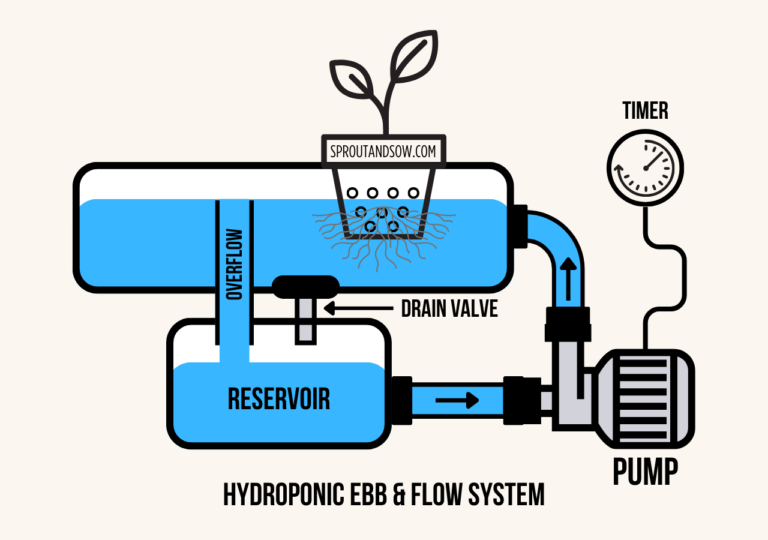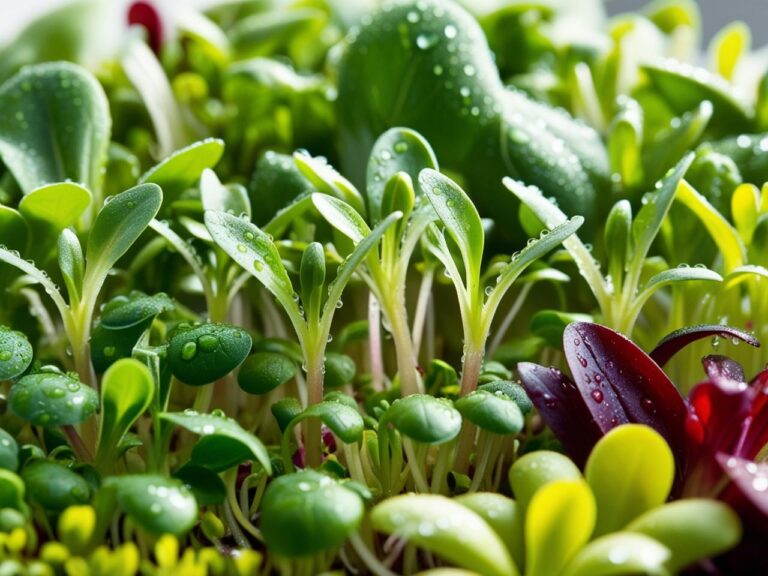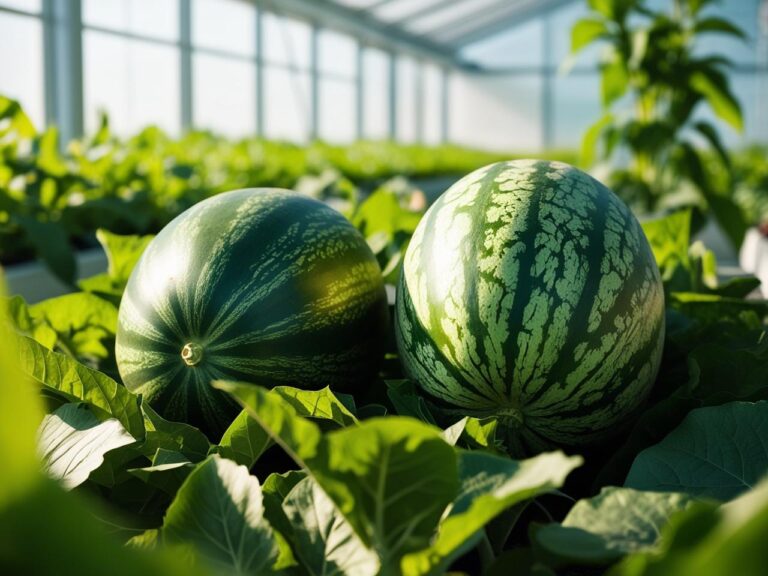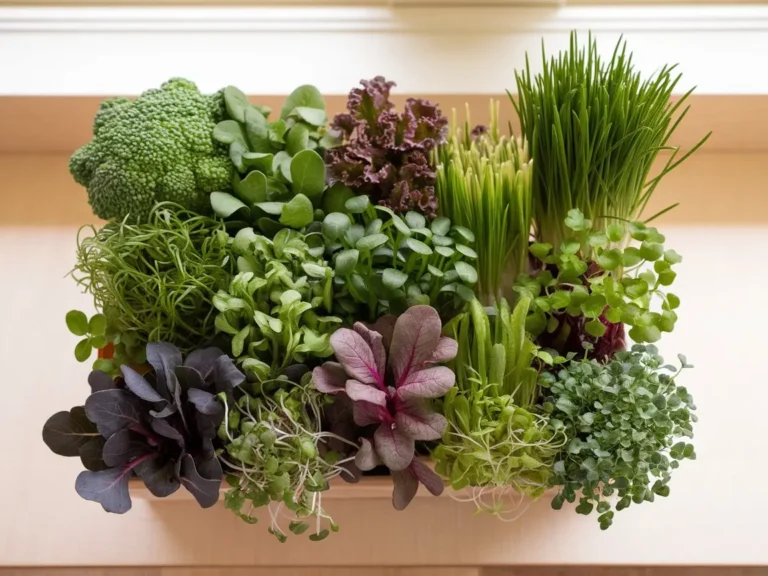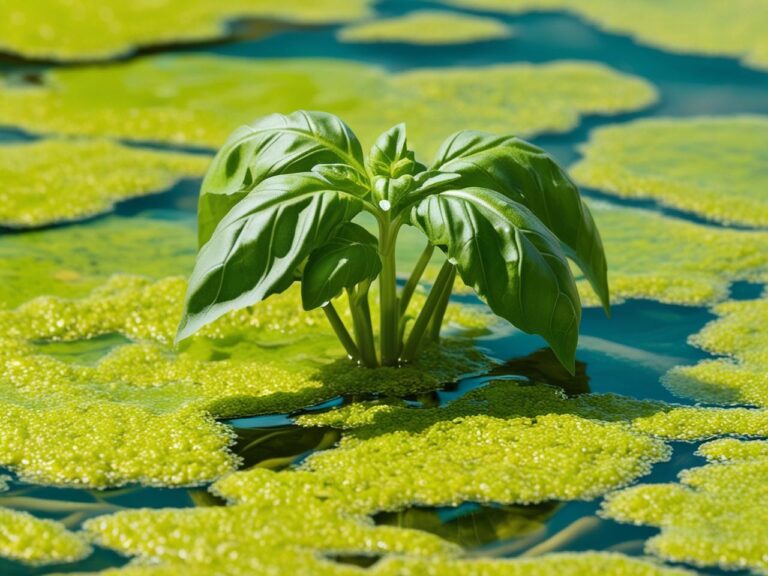The Importance of Air Pumping in Hydroponics
When it comes to hydroponic gardening, the key to vibrant, healthy plants often lies beneath the surface in the root zone. Oxygen is vital to plant roots, even in soil-free systems, which is where air pumping plays a crucial role. Whether you’re new to hydroponics or looking to refine your system, understanding the importance of air pumping and oxygenation will help you keep plants thriving. Let’s dive into why air pumping is essential and how it supports growth at every stage.
Why Air Pumping Matters in Hydroponics
1. Oxygenation of Roots
In traditional soil environments, roots get oxygen from tiny air pockets within the soil. However, hydroponic systems replace soil with water, which can quickly become stagnant and deprive roots of the oxygen they need. By using an air pump, you ensure continuous oxygen supply directly to the root zone. This oxygenation keeps the roots from “drowning” and allows them to absorb nutrients effectively.
2. Prevention of Root Rot
Without adequate oxygen, plant roots become susceptible to root rot—a common issue in hydroponics. Stagnant water encourages harmful bacteria and fungi, which can quickly spread and damage your plants. An air pump helps prevent this by keeping the water moving and oxygenated, creating an environment that discourages pathogens and keeps roots healthy.
3. Enhanced Nutrient Uptake
Oxygen-rich water boosts nutrient absorption, allowing plants to access the essential minerals they need for growth. In a hydroponic setup, roots take up nutrients from the water, so when the water is oxygenated, plants can more efficiently absorb these nutrients, leading to faster, healthier growth and better overall plant development.
4. Increased Plant Growth and Yield
An oxygenated environment doesn’t just support the roots, it directly impacts the plant’s growth and productivity. By regularly aerating the water with an air pump, plants experience stronger root systems, more vigorous growth, and potentially higher yields. This is especially beneficial for fast growing plants like leafy greens and herbs, which thrive in well oxygenated systems.
5. Keeps Nutrient Solution Fresh
Stagnant water can lead to a buildup of sediment, algae, and even odors. Air pumping keeps the nutrient solution moving, preventing stagnation and ensuring the nutrients stay balanced and accessible. By maintaining fresh, circulating water, you avoid nutrient imbalances and support a clean, odor-free system.
Types of Air Pumps and Tips for Use
1. Air Stone and Air Pump Combo:
A common and efficient option, where the air pump supplies a steady stream of air through an air stone that diffuses it into tiny bubbles, increasing oxygen levels in the water.
2. Venturi Pump:
Creates fine bubbles by combining air and water, typically more advanced but provides effective aeration in larger systems.
3. Frequency and Duration:
For most systems, running the air pump 24/7 is recommended for constant oxygenation. However, in quieter environments, running the pump during the day and letting water settle at night may work for smaller systems.
Conclusion
Air pumping is a vital part of any hydroponic setup, ensuring that roots get the oxygen they need for optimal health and growth. From preventing root rot to enhancing nutrient uptake, the benefits of a well oxygenated system are clear. So, if you’re serious about creating a thriving hydroponic garden, make sure air pumping is part of your toolkit, your plants will thank you with lush growth and bountiful yields! Happy gardening!


